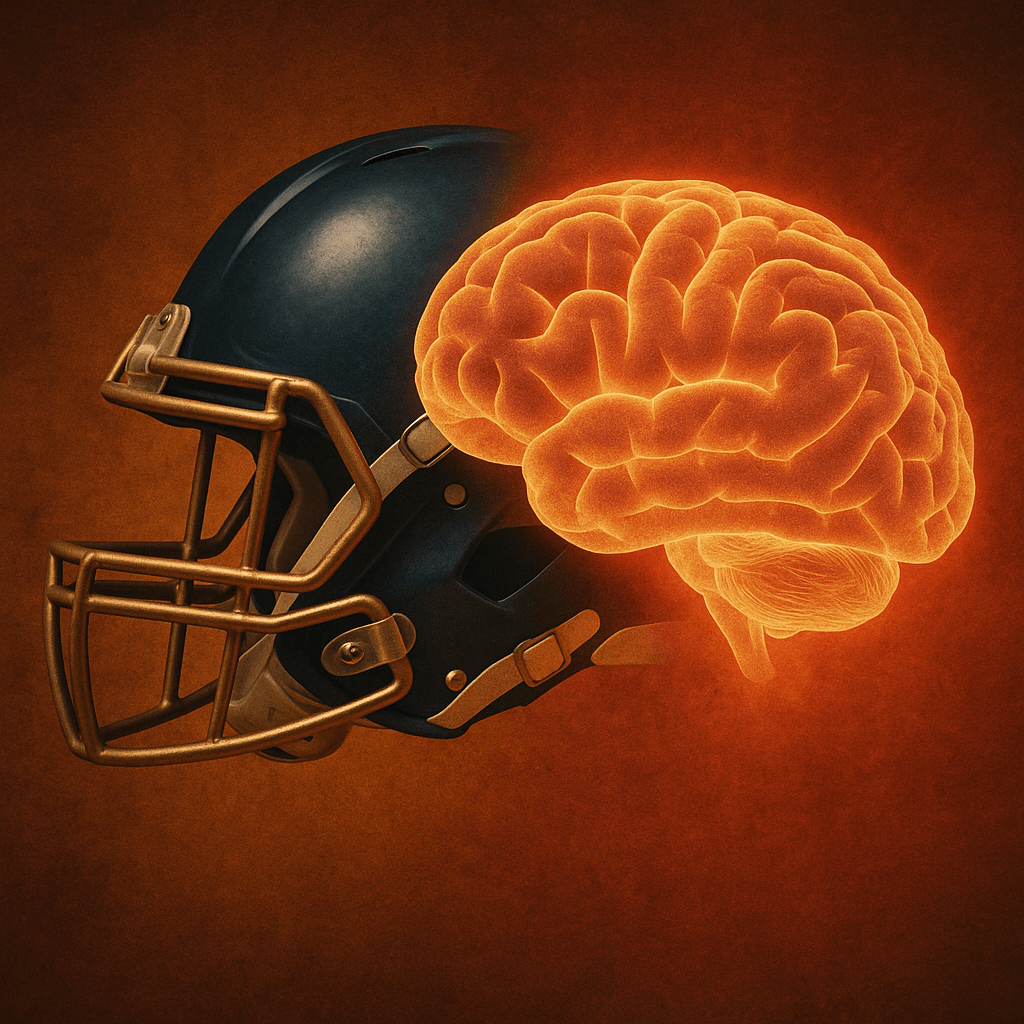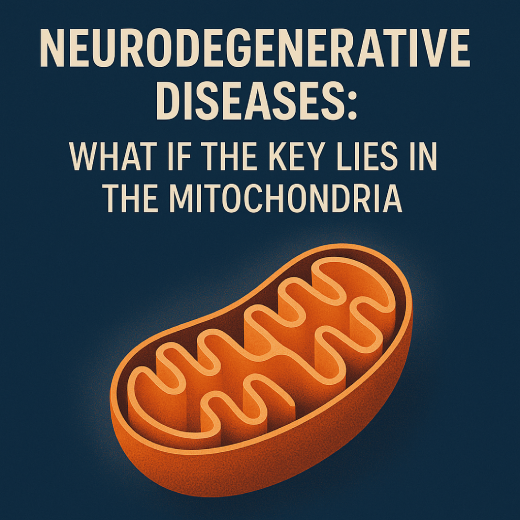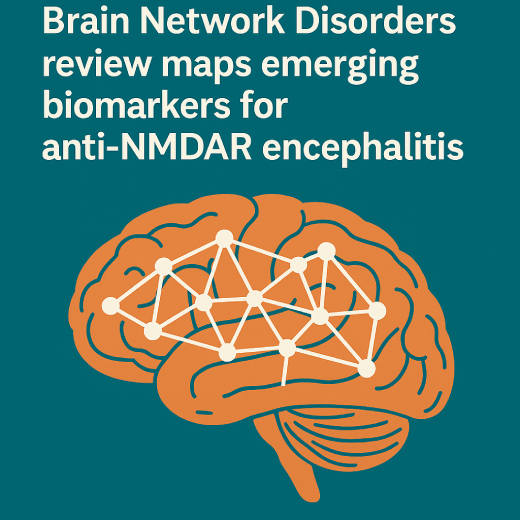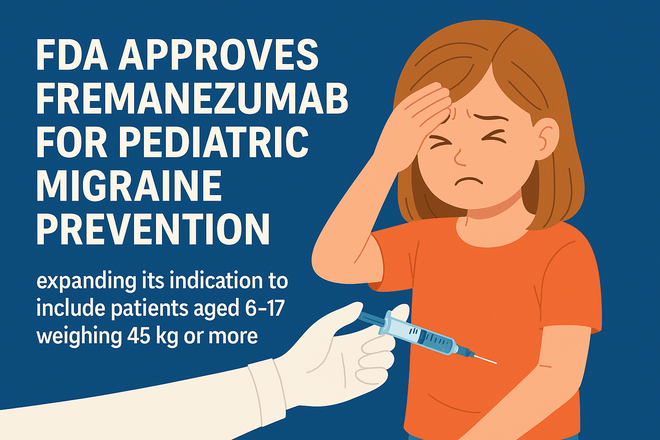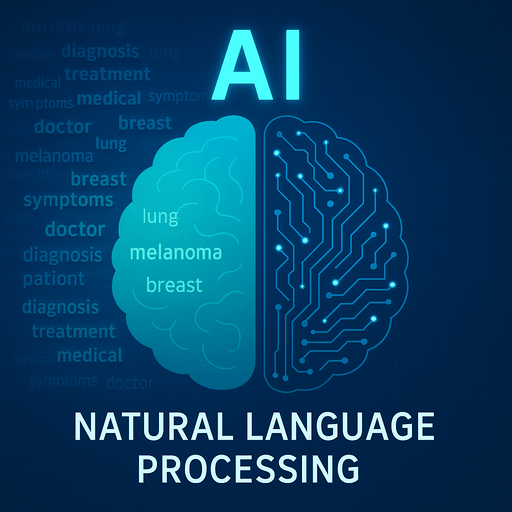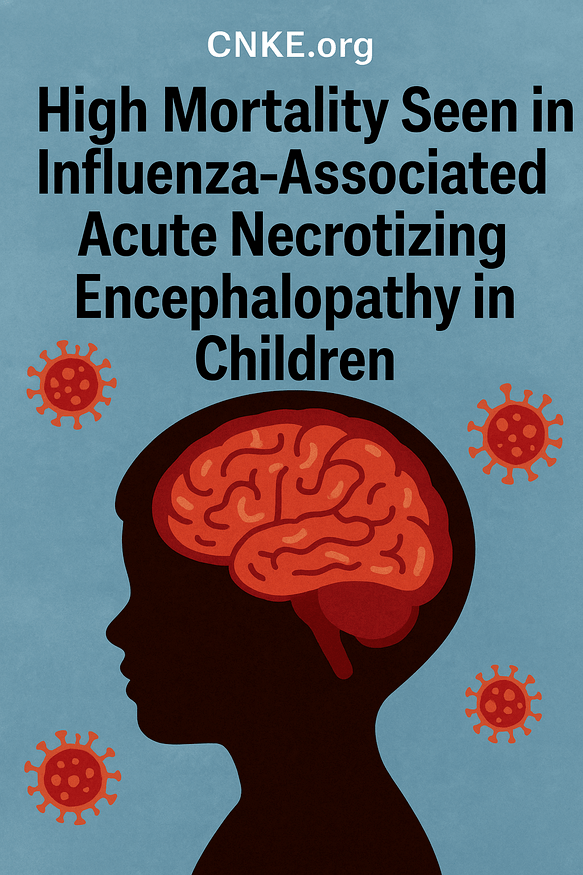CHICAGO — A new Northwestern Medicine study provides compelling evidence that may shift the narrative surrounding youth contact sports and brain health. Contrary to longstanding concerns, researchers found no increase in phosphorylated tau (p-tau) protein in a key brain region among former high school and college football players.
"The long and short of it is no, this protein in this specific brain region is not increased in people who played football at the amateur level. It throws a little bit of cold water on the current CTE narrative,"
Study Design and Methods
- 174 male brains were analyzed from the Lieber Institute for Brain Development.
- Median age at death: 65 years.
- 48 individuals played high school or college football; 126 had no history of contact sports.
- Brains of professional athletes were not included.
The researchers examined the CA2 region of the hippocampus — known to accumulate p-tau in aging and Alzheimer's — and found that p-tau levels were primarily associated with age, not with football participation.
Implications for CTE and Neurodegeneration Research
The study raises critical questions about how neuropathological findings are interpreted. Researchers suggest that p-tau in CA2 may be part of normal aging rather than a marker of repetitive brain injury from contact sports.
- Findings challenge assumptions about pathological significance of p-tau in CA2.
- Urges caution in defining CTE based on postmortem brain findings alone.
- Calls for deeper investigation into normal variability of tau pathology.
Looking Ahead
The study concludes with a call for larger-scale investigations to further explore how aging, environmental exposure, and head trauma relate to p-tau accumulation.
Article Title: Postmortem tau in the CA2 region of the hippocampus in older adult men who participated in youth amateur American-style football
Journal: Journal of Alzheimer’s Disease
Publication Date: June 26, 2025

